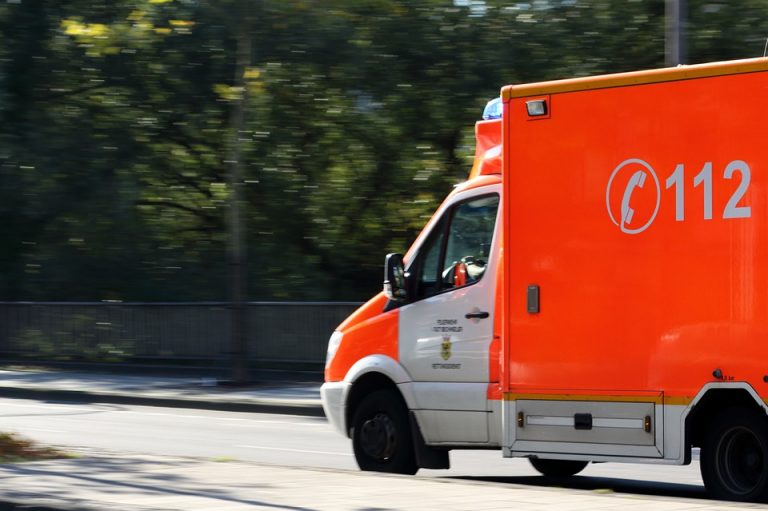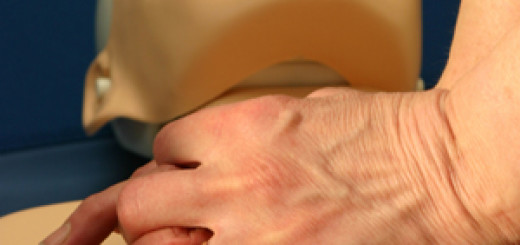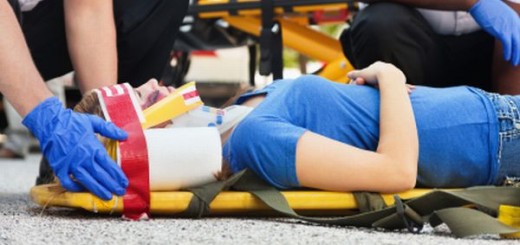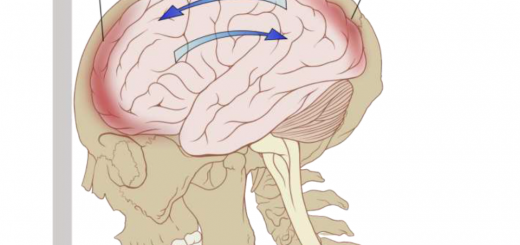How to Call an Ambulance?
When a medical emergency occurs, calling for an ambulance could help you save someone’s life. Every second counts in such situations. However, not everyone knows how to call an ambulance.
Some aren’t aware of which kind of situation falls under the category of a medical emergency. A couple of the situations or life-threatening emergencies where one must call for an ambulance include:
- Unconsciousness
- Severe bleeding
- Extreme pain
- Large burns
- Face and lips turning blue
- Difficulty breathing
- Chest pain or tightness in the chest
- Feeling drowsy or confused
- Face, legs, or arms feeling numb or paralyzed
If you’re hoping to learn how to call for an ambulance or what you can expect when you do call for one, we’re about to discuss these very topics in this article.
Calling an Ambulance
The following are the steps involved in calling an ambulance and what you can expect when you call for one:
- Tell them exactly what the situation is. Be very clear with your words. Since the operators can’t see the state the patient is in, you must be very concise with your statements and answers.
- Not every call can be traced by the ambulance service, which is why you must provide the exact location of where the patient or victim is. Tell them exactly where you are and provide them with the necessary landmarks.
- The operator you speak to will ask you for your phone number so they can call you back if the call gets disconnected. They will also ask you about the nature of the emergency.
- You will be asked questions about the person for whom the ambulance is called. These questions could be “Are they breathing?”, “Are they responsive?”. It’s crucial to answer all their questions, and if you’re not sure about a question, just tell them so.
- All the questions asked are important as they help them assess how severe the situation is and send the appropriate level of help.
- If the operator gives you any first aid instructions, follow them carefully.
- Remain beside the person and stay calm while the ambulance reaches the spot.
- Don’t hang up unless the operator asks you to.
What to Do While Waiting for an Ambulance?
While you wait for the ambulance to arrive at the location, here are a few things you can do from your end:
- Examine the patient’s or victim’s condition.
- Ensure the person is away from places that could cause further damage.
- If the person is bleeding profusely, try to reduce the blood flow by applying pressure to the affection area.
- If the person was found on a busy road, get them to an empty side of the road.
- Comfort the victim by reassuring them and listening to what they say.
- Don’t give the person any medication, food, or water unless advised by a healthcare professional.
- Clear the pathway that leads to the patient or victim.
FAQs
What is the ambulance number in the United States?
The ambulance number in the United States is 911.
What is the difference between 911 and 119?
911 is the number for all the emergency services. 119 is the number for fire services.
Does one have to pay for an ambulance in the US?
Some healthcare policies in the United States cover the cost of an ambulance ride. It’s better to check with your healthcare insurance provider to know more.
How many crew members are in an ambulance?
Ambulances in the United States are required to have at least two emergency medical technicians.
Conclusion
Listed below are the key takeaways from this article:
- It’s important to know how to call an ambulance and what questions to expect when you call for one.
- No matter where you live, you should know the number of emergency medical services.
- Keep yourself informed of the situations that are life-threatening medical emergencies for which you should call an ambulance.
- It’s vital to speak clearly and give as much information about the situation as possible when you call for an ambulance.







Thanks.